1. Pet Cameras with Treat Dispensers
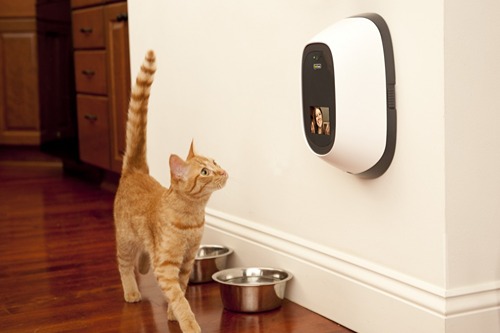
It’s one thing to have a baby monitor, but a live video feed of your pet that lets you talk to them and toss treats? That’s next-level pet parenting. Gadgets like Furbo do just that—connect to your phone and let you check in on Fido while you’re at work. Some even bark when your dog barks, sending you alerts.
To your grandparents, that level of pet monitoring would’ve seemed obsessive or even a little creepy. Pets were often outdoors and independent, not doted on with high-tech gadgets. But modern pet owners love staying connected, and this is just another way to do it. Plus, who doesn’t want to make their dog’s day from miles away?
2. Robot Vacuums
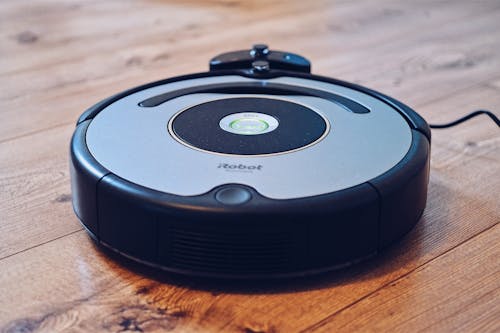
A tiny disc-shaped robot zooming around your floor, dodging furniture and sucking up dust? That would have sounded like a Jetsons fantasy to your grandparents. But today, Roombas and their cousins are so normal they’ve become household pets in some families—literally with pet names and Instagram accounts. Some even map your house and return to their dock when they’re tired.
The self-operating nature of robot vacuums is a huge contrast to the heavy, clunky uprights of decades past. Those old machines required full-body effort and usually came with a deafening roar. Today’s versions run quietly on schedules and even send notifications when they’re done. That kind of automation would have seemed both futuristic and a little eerie back then.
3. Video Doorbells
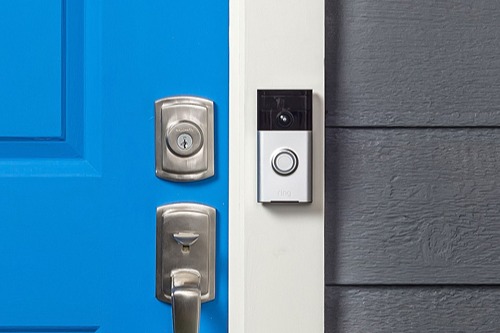
Telling someone in 1960 that you can see who’s at your front door from your phone—while you’re on vacation—might have earned you a raised eyebrow or a concerned look. Video doorbells like Ring or Nest Hello have completely changed home security. They record motion, allow two-way communication, and even connect to police departments in some areas. Your grandparents’ version of home security was probably a sturdy deadbolt and a porch light.
Now, someone ringing your bell triggers a video feed and sends it to your pocket. This type of real-time surveillance was once reserved for high-end security systems, not suburban front porches. The sheer accessibility of it is what makes it so revolutionary. And definitely head-scratching for someone used to peeking through a curtain instead.
4. Smart Thermostats
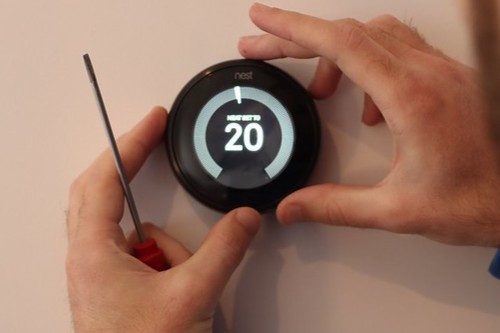
Turning the heat up from your phone while still in bed? That’s not just comfort—it’s a luxury your grandparents likely never dreamed of. Devices like the Nest Learning Thermostat adjust your home’s climate based on your habits and preferences. Some even use geofencing to warm the house before you arrive.
The idea of a thermostat learning your routine would have been totally foreign. Older thermostats were purely manual—just a dial on the wall with numbers that didn’t always seem to match the actual temperature. The concept of “learning” appliances would’ve sounded like something out of Asimov. And the energy-saving benefits probably wouldn’t have been top of mind either.
5. Air Fryers
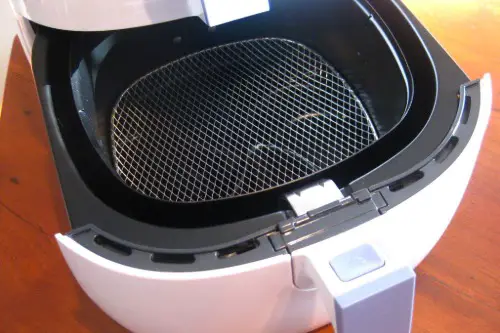
Your grandparents were probably well-acquainted with deep fryers, but an air fryer? A countertop appliance that crisps food with almost no oil would have been mystifying. Using rapid air circulation to cook things like french fries and chicken wings seems more like a gimmick—until you taste it. The texture and taste feel like frying, but the cleanup and grease are drastically reduced.
They probably wouldn’t believe you could get that kind of crunch without dunking food in hot oil. Even the name “air fryer” sounds like marketing fluff to someone who grew up with cast iron skillets. But these gadgets are genuinely changing the way people cook at home. And yes, the food is still delicious, even if it feels like you’re cheating.
6. Streaming Devices
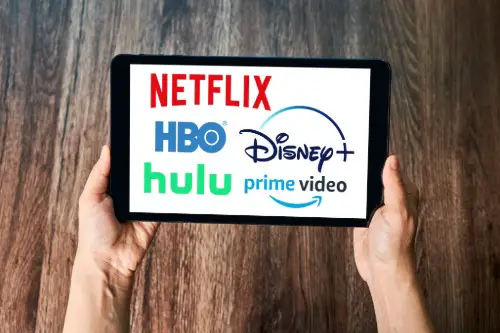
Telling your grandparents that “TV channels” aren’t really a thing anymore would definitely raise some eyebrows. Roku, Fire Stick, Apple TV—these devices have made streaming content the new norm. Instead of flipping through whatever happens to be on, we now binge entire series in one sitting. You can even search across multiple platforms at once.
Back then, you had maybe a handful of channels and had to plan your night around what was airing. Miss your show? Tough luck—you’d wait for reruns. The idea that you could watch what you want, when you want, on-demand would have seemed incredibly indulgent. And the remote controls are way less clunky, too.
7. Bidet Attachments
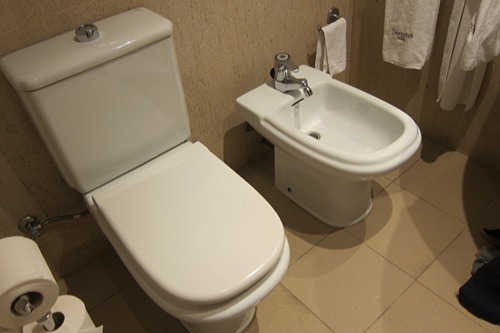
This one’s a little personal, but hear me out. Bidets—especially the electric, heated-seat, multi-spray kind—are having a moment, and most are just a simple attachment now. For a generation raised on nothing but toilet paper, the idea of spraying water on your behind might have sounded both foreign and unnecessary. But today’s bidets are hygienic, eco-friendly, and surprisingly easy to install.
Add in features like warm water, oscillating sprays, and even air dryers, and you’ve got a bathroom experience that borders on luxury. It’s a far cry from the outhouses or chilly commodes of your grandparents’ era. And yes, the toilet now needs a power outlet in some cases. That alone would’ve been cause for serious confusion.
8. Bluetooth Trackers

Keys, wallets, remotes—things have always had a mysterious way of disappearing in a home. But now, devices like Apple AirTags and Tile let you find them with your phone. These tiny gadgets use Bluetooth and location tracking to lead you right to whatever’s missing. You can even make them beep until you spot them.
Your grandparents’ method probably involved retracing steps and checking under couch cushions a dozen times. The idea that a tiny chip could solve this everyday headache would’ve been mind-blowing. And pairing them with voice commands or smart speakers makes them even more powerful. Losing stuff just isn’t what it used to be.
9. Induction Cooktops
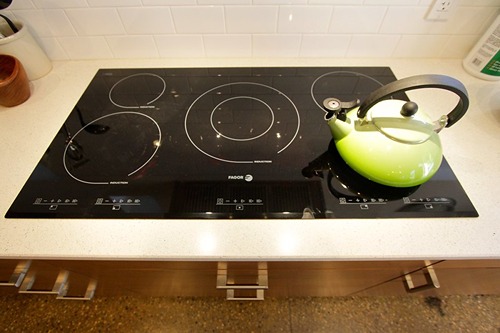
This one would’ve especially puzzled grandparents who spent their lives cooking with gas or coil-electric stoves. Induction cooktops heat pots and pans using electromagnetic fields, not direct heat. That means the burner itself doesn’t get hot—only the pan does. It’s safer, faster, and more energy-efficient.
But to someone from the 1950s, the lack of an open flame or glowing red coil would’ve been alarming. Cooking without visible heat? It probably wouldn’t even seem like it was working. Yet today’s induction cooktops boil water in a flash and offer precise control over temperatures. Just don’t forget—you need special cookware.
10. Touchless Faucets

Waving your hand under a faucet and watching water flow would’ve seemed like sorcery back in the day. But now, sensor-activated taps are common in kitchens and bathrooms alike. Originally found in public restrooms, they’ve made their way into homes thanks to convenience and hygiene benefits. No more dirty hands touching faucet handles.
To older generations, this technology would’ve seemed excessive. Faucets were simple levers or knobs, often prone to leaking or squeaking. The notion that a tap could “see” you and act accordingly would’ve been baffling. And the batteries or power source required? Another layer of confusion.
11. Wireless Charging Pads
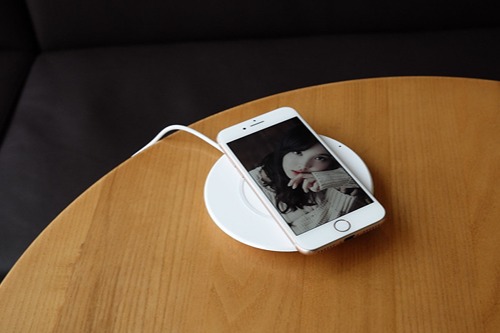
No cord, no plug—just place your phone on a pad and watch it charge. That’s the wireless charging magic many of us take for granted now. Using a technology called inductive charging, it sends energy through electromagnetic fields. The concept sounds futuristic even now.
Imagine explaining that to someone who only ever saw wall plugs and extension cords. They’d probably be worried about radiation or ask why you’d ever ditch a perfectly good wire. But convenience wins in the modern era. And the lack of wear-and-tear on charging ports is a real bonus.
12. Smart Light Bulbs
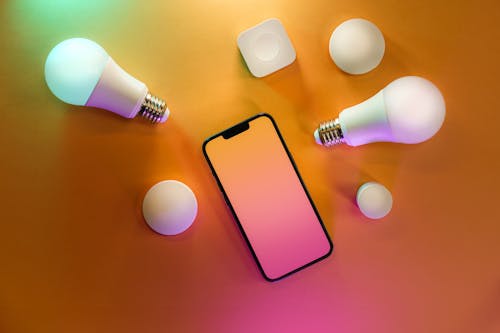
Light bulbs used to be simple: screw it in, flip the switch. Today’s bulbs can be dimmed, change color, and turn on/off with a voice command or smartphone app. Smart bulbs like Philips Hue can even be scheduled or synced to music. Some people use them to simulate sunrise in the morning.
This level of control would’ve seemed totally unnecessary or overly complicated to older generations. Why make lighting so complicated? But once you’ve experienced it, it’s hard to go back. Mood lighting has never been so easy—or so customizable.
13. Smart Speakers (like Amazon Echo or Google Nest)
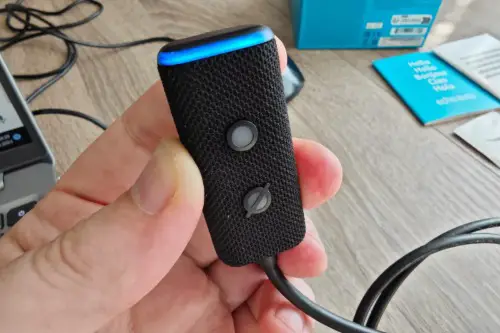
Imagine trying to explain to your grandparents that a little cylinder on your kitchen counter can tell you the weather, play your favorite music, or dim your lights—just because you asked it to. Voice assistants would have sounded like something out of a 1950s sci-fi movie, not something sitting next to your toaster. The idea of talking to a machine and having it understand and respond would have seemed absurd. And yet, today we ask Alexa for everything from recipes to fart jokes.
Not only do these devices use voice recognition, they’re also tied to cloud-based AI services that constantly update. That’s a wild leap from rotary phones and rabbit-ear TVs. Even basic smart speaker functions like setting a timer or creating shopping lists would have seemed like magic. It’s the digital butler nobody in the mid-20th century was expecting.
This post 13 Everyday Home Products That Would Absolutely Have Confused Your Grandparents was first published on Greenhouse Black.
